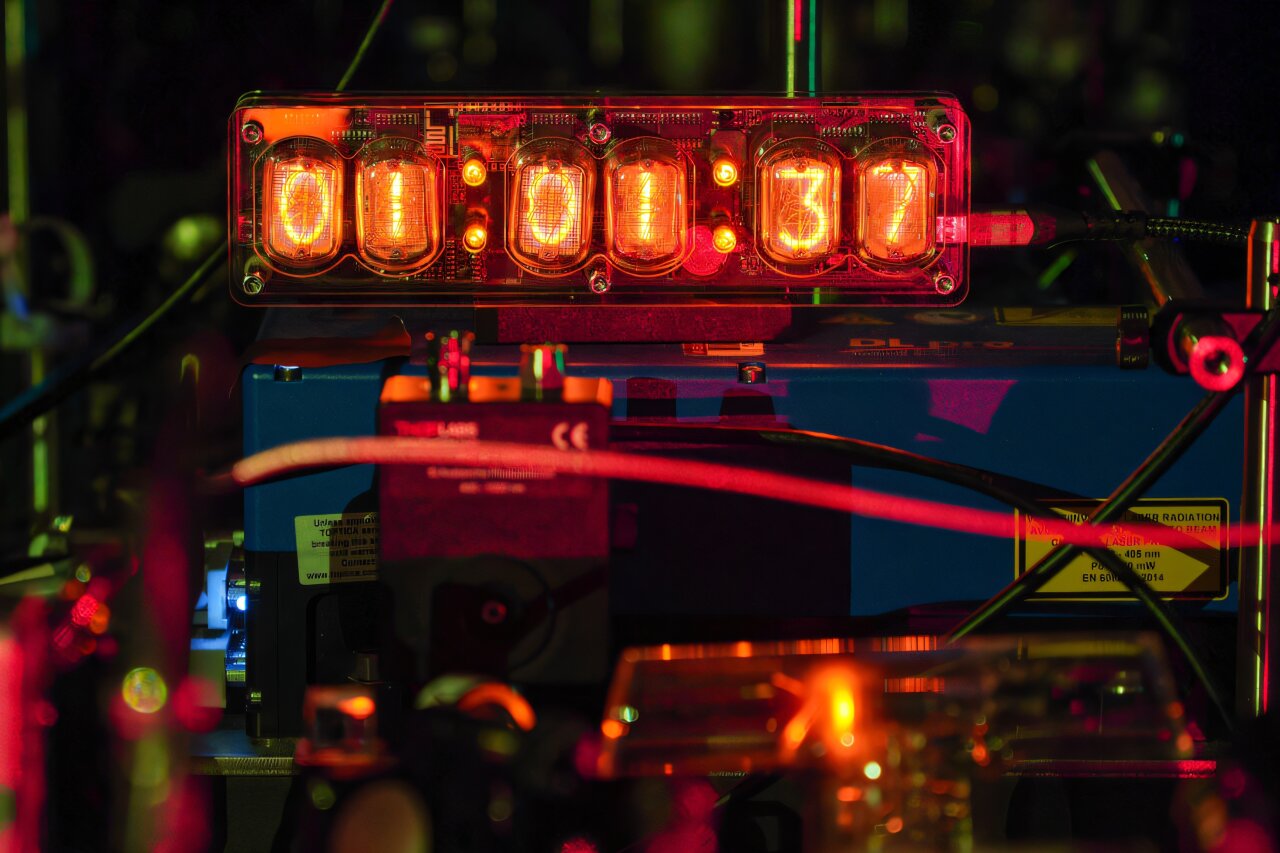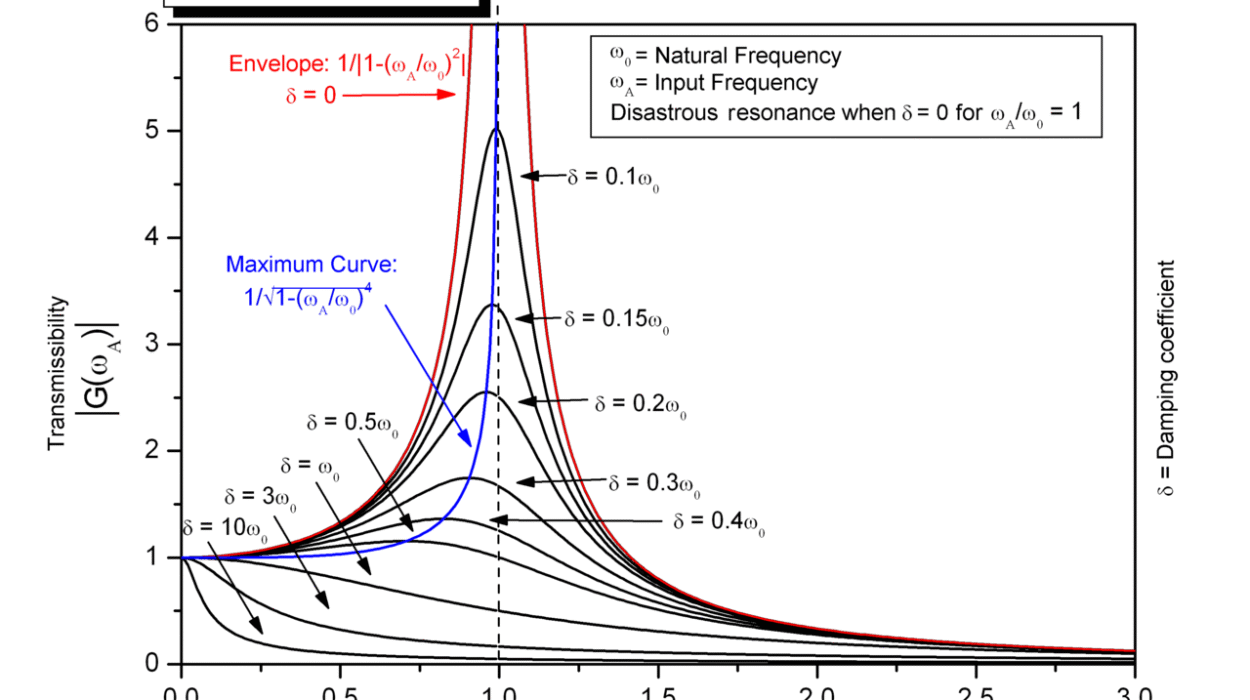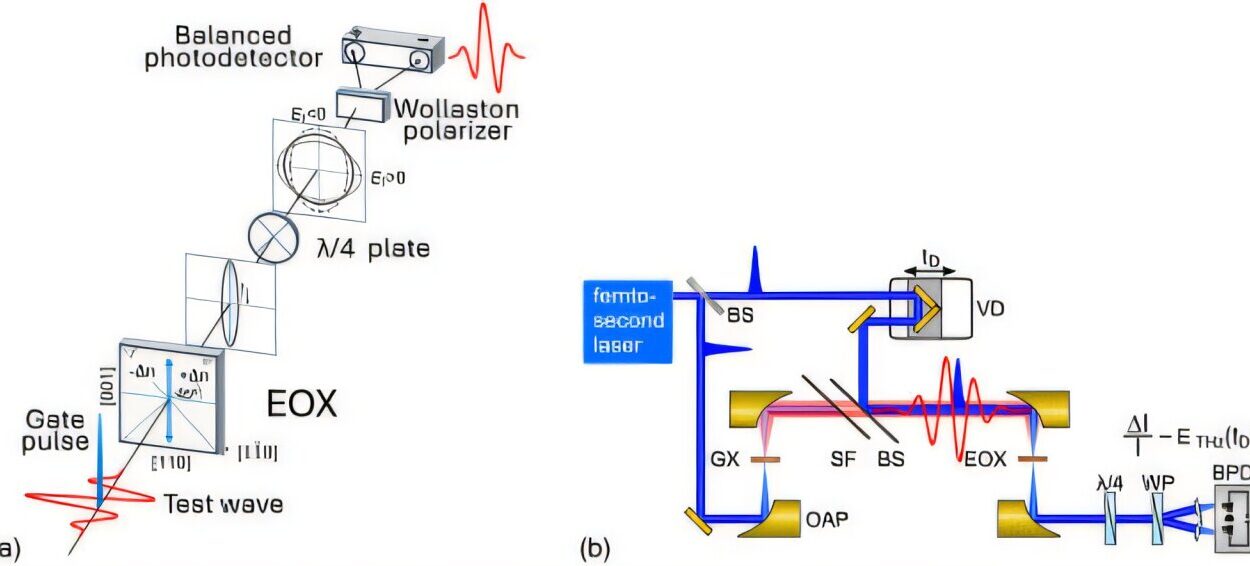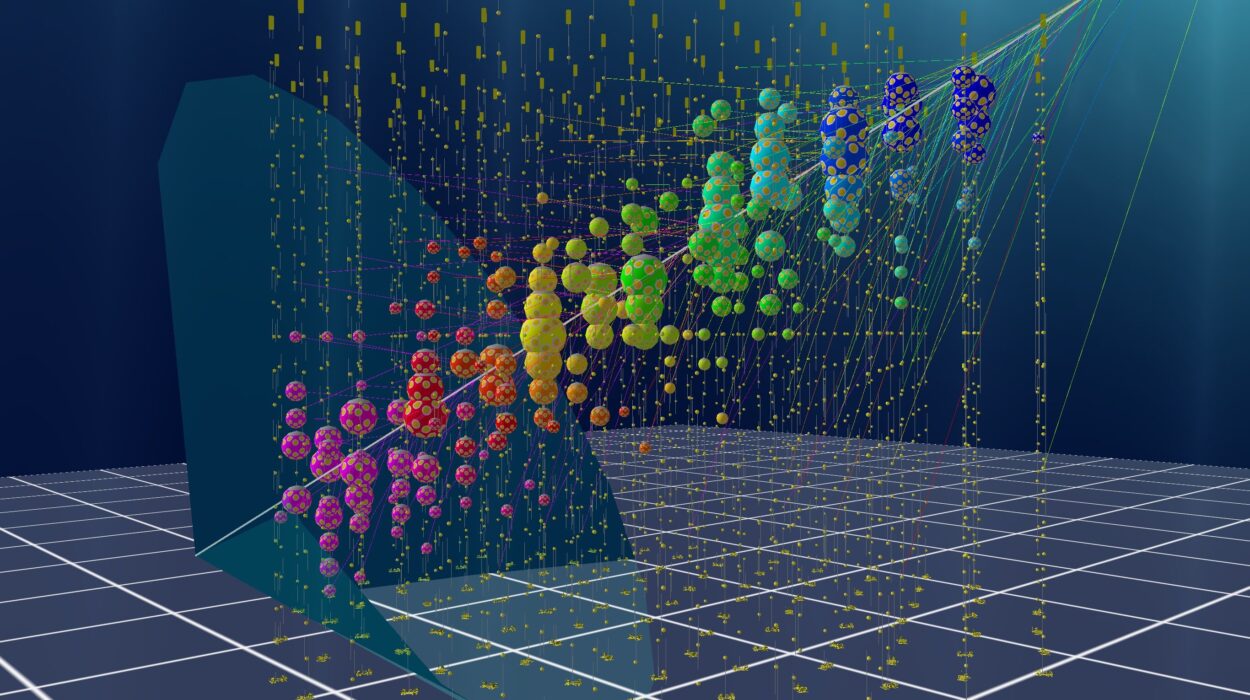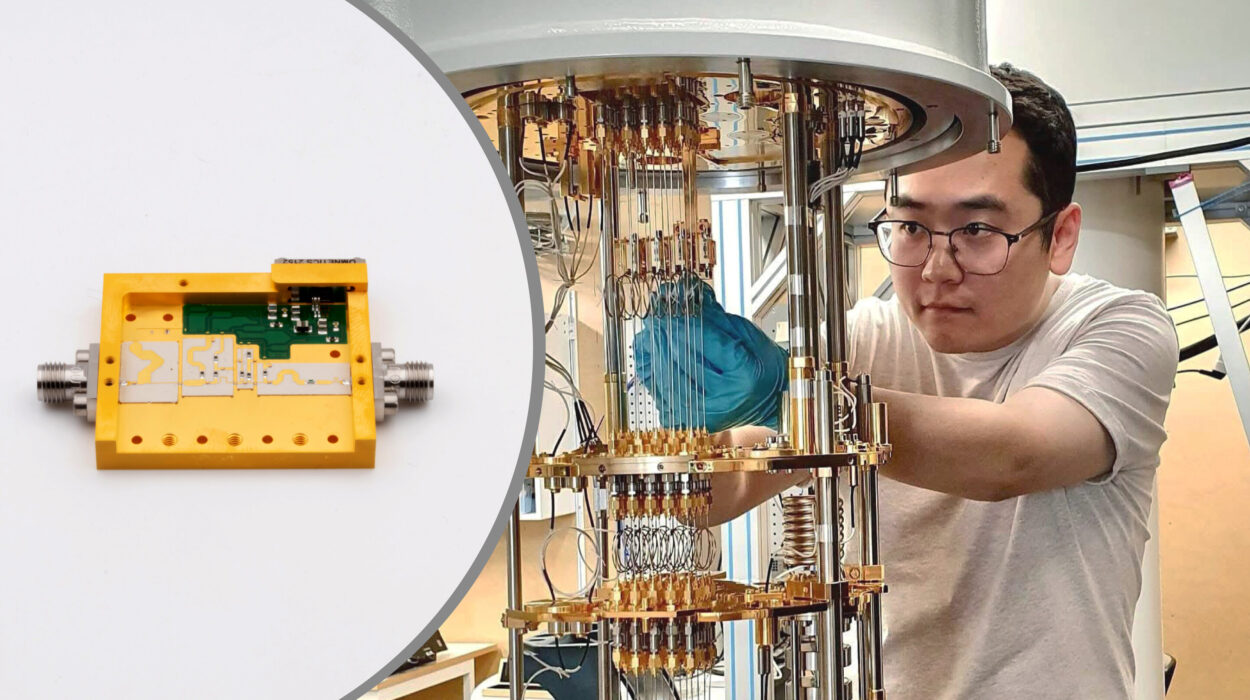Every time you glance at your phone to check the time, transfer money online, or follow the blue dot on your GPS map, an invisible miracle is at work. The accuracy of those actions — down to the tiniest millisecond — depends on the heartbeat of the universe’s most precise instruments: atomic clocks.
Unlike the ticking hands of a mechanical watch or the vibrating quartz crystal inside a wristwatch, an atomic clock tells time by listening to the rhythm of atoms themselves. These atoms, like cesium or ytterbium, oscillate at incredibly stable and predictable frequencies — nature’s own metronomes. Every “tick” of these atoms is a pulse of quantum perfection, counted by lasers to define the passage of time with breathtaking precision.
Without atomic clocks, the world as we know it would falter. GPS navigation would drift by kilometers. Global financial transactions would desynchronize. Even the internet’s digital heartbeat — the invisible pulses that keep servers in sync — would stumble. In a world that runs on timing, atomic clocks are its quiet guardians.
The Science of the Perfect Tick
At the heart of every atomic clock lies a simple but astonishing idea: atoms naturally vibrate at exact, predictable frequencies when exposed to specific types of energy. Cesium atoms, for instance, “tick” more than 9 billion times per second — so precisely that this rhythm officially defines the second in the International System of Units (SI).
Current atomic clocks use lasers tuned to these atomic oscillations. By measuring how often the laser’s waves align with the atom’s internal rhythm, scientists can keep time with an error of less than one second over tens of millions of years. Yet for physicists, even this is not precise enough.
The next frontier is the optical atomic clock — an instrument that measures the even faster oscillations of atoms like ytterbium or strontium, ticking at frequencies hundreds of thousands of times higher than cesium. These “optical ticks” can reach up to 100 trillion per second, promising a revolution in precision that could transform science and technology alike.
But there’s a problem: the smaller and faster the tick, the harder it is to keep stable. The faintest vibrations, quantum fluctuations, or shifts in the laser’s behavior can blur the signal. For years, this quantum noise has stood as an unavoidable barrier — until now.
The Quantum Leap in Timekeeping
In a groundbreaking study published in Nature, a team of MIT physicists led by Professor Vladan Vuletić has unveiled a new way to stabilize optical atomic clocks, making them more precise than ever before.
Their method, called global phase spectroscopy, harnesses a subtle quantum effect that had long been dismissed as irrelevant. By cleverly using this effect, the team managed to double the precision of an optical atomic clock — effectively allowing it to discern twice as many ticks per second.
This breakthrough could pave the way for portable, ultra-precise atomic clocks — devices that could be carried into the field to measure fundamental cosmic mysteries, predict earthquakes, and test the boundaries of physics itself.
Taming the Quantum Noise
To understand this advance, we must first understand what makes quantum systems so beautifully — and frustratingly — unpredictable.
Atoms don’t behave like miniature billiard balls; they exist in a quantum realm where particles can be in many states at once, constantly fluctuating. This uncertainty, known as quantum noise, limits how precisely we can measure atomic oscillations. Even if the average rhythm of billions of atoms is known, the random “wiggle” of each one blurs the signal, like static over a radio broadcast.
In 2020, Vuletić’s team demonstrated a remarkable way to quiet this quantum noise: entanglement. When atoms are entangled, their behaviors become mysteriously linked — measuring one reveals information about the others. This collective behavior allows scientists to reduce uncertainty, sharpening the clock’s “tick” into a cleaner, stronger signal.
It’s as if hundreds of individual violinists, each slightly out of tune, suddenly begin playing in perfect harmony — the resulting note is pure and resonant.
The Laser Problem
But even with entanglement, another obstacle remained: the laser itself. The laser that “reads” the atoms must be exquisitely stable, matching the atoms’ oscillations with uncanny precision. Yet even the best lasers drift slightly, adding their own form of noise that limits how precisely time can be measured.
“It’s like trying to record a symphony while your microphone keeps shaking,” Vuletić explains. The team needed not just quieter atoms, but a steadier laser — and they found the answer in an unexpected place.
The Forgotten Phase
In their latest work, the researchers discovered a hidden effect that occurs when a laser passes through entangled atoms. As light interacts with these atoms, it nudges them to higher energy levels before they return to their original state. At first glance, this seems like nothing — the atoms end up back where they started.
But Vuletić and his team noticed something astonishing: even though the atoms returned to their original energy levels, they retained a tiny trace of their interaction with the laser — a kind of memory encoded in their collective “global phase.”
This global phase, once thought meaningless, actually contains valuable information about the laser’s frequency. By carefully measuring this phase shift, the researchers realized they could detect and correct even minute drifts in the laser’s stability.
Turning Quantum Flaws into Strengths
To amplify this hidden signal, the team employed a technique they call quantum amplification, which strengthens the measurable effect of this global phase while suppressing unwanted quantum noise. In doing so, they effectively doubled the precision of their optical clock.
Imagine a metronome that once ticked 100 trillion times per second — now able to tick 200 trillion times per second, each tick measured with twice the clarity. It’s as if the fog that once blurred the edges of time has begun to lift.
The most exciting part? The precision of this method increases as more atoms are added. In theory, the larger the ensemble of entangled atoms, the sharper the measurement becomes. This means that future optical clocks could scale in accuracy simply by using more atoms — a quantum upgrade path for the most precise instruments humanity has ever built.
The Dawn of Portable Optical Clocks
Today’s most advanced atomic clocks are massive, delicate machines housed in tightly controlled laboratories. But with methods like global phase spectroscopy, that may soon change. Vuletić and his team envision compact, portable versions of optical atomic clocks — small enough to be transported across continents or even into space.
Why does that matter? Because timekeeping, at this level, is not just about counting seconds — it’s about exploring the universe itself.
Portable atomic clocks could measure subtle variations in Earth’s gravitational field, providing early warnings for earthquakes or volcanic activity. They could help detect elusive phenomena like dark matter or dark energy by observing tiny changes in time’s flow. They could even refine our understanding of fundamental physics, testing whether the constants of nature truly remain constant everywhere in the cosmos.
“People are trying to use these clocks to detect dark matter, dark energy, and even predict earthquakes,” Vuletić says. “We think our method can make these clocks transportable and deployable to where they’re needed most.”
Redefining the Second — and the Future
The implications of this work ripple far beyond MIT’s laboratories. Every improvement in timekeeping technology unlocks new capabilities for navigation, communication, and scientific discovery.
Modern GPS satellites rely on atomic clocks so accurate that a difference of just one nanosecond — one billionth of a second — translates to a positioning error of nearly 30 centimeters. A new generation of optical atomic clocks could shrink that uncertainty to mere millimeters, revolutionizing global positioning systems and enabling entirely new technologies.
In the future, these clocks could synchronize global data networks with flawless precision, allow autonomous vehicles to navigate with pinpoint accuracy, or even redefine the standard second — the basic unit of time measurement used around the world.
The Poetry of Precision
Behind the cold precision of these instruments lies something deeply human — our relentless desire to understand and measure the universe with ever-finer clarity. From sundials to pendulums, from quartz crystals to atomic oscillations, every era of timekeeping reflects the evolution of our curiosity.
Now, with quantum physics guiding the way, we are learning not just to measure time, but to shape it — to bend its uncertainty into precision. The MIT team’s discovery is more than a technical achievement; it’s a testament to human ingenuity and imagination.
In the smallest oscillations of atoms, we find echoes of the universe itself — a reminder that even the tiniest vibrations can hold the keys to the grandest mysteries. The next time you check the time on your phone, remember: behind that simple digital display beats the rhythm of the cosmos, measured by the quiet ticks of atoms and the brilliance of the minds who learned to listen to them.
More information: Leon Zaporski et al, Quantum-amplified global-phase spectroscopy on an optical clock transition, Nature (2025). DOI: 10.1038/s41586-025-09578-8
